A Moccasin is any one of six species in the taxonomic genus Agkistrodon, not to be confused with the Asian Moccasins of Gloydius. Researchers place these snakes in the viper family, and the pit viper subfamily. Some of their closest relatives include the rattlesnakes, bushmasters, lanceheads, and more. Read on to learn about the Moccasin.
Description of the Moccasin
Though these species differ in color and pattern, they have some similarities. They are thick-bodied snakes with broad triangular heads. Compared to other pit vipers, this group has relatively short fangs. Most species have dark coloration, either black or brown.
These snakes range in size. The smallest individuals measure about 10 inches long, while the largest record-holding individuals measure up to 6 feet long! They also weigh anywhere from 10 ounces to 10 pounds.
Interesting Facts About the Moccasin
These snakes have several interesting characteristics and traits that help them survive. Learn more about what makes these snakes so unique below.
- Venom – Like all members of the Viperidae family, these snakes use venom to help subdue their prey. The venom of each species has its own unique chemical makeup.
- Riparian Habitats – Most of the various species prefer living in close proximity to water. They live and hunt near lakes, ponds, rivers, streams, marshes, and wetlands. However, both copperheads and Mexican cantils also live in regions far from any water sources.
- Pit Predators – These snakes, like all members of the pit viper subfamily, have unique pits on either side of their faces. These pits help them sense heat coming from their warm-blooded prey.
Habitat of the Moccasin
The various species have different habitat preferences. However, many share similar preferences. They typically utilize riparian habitats, or areas in close proximity to water sources. Some of the different habitats that they live in include swamps, wetlands, marshes, and near streams, rivers, and lakes.
In addition to the above habitats, they also live in forests, woodlands, rocky areas, and even farms, pastures, and suburbs.
Distribution of the Moccasin
Each species has its own unique range. The populations of some species overlap with those of others. You can find these snakes from North America through Mexico and throughout Central America. The southernmost extent of their range is Costa Rica.
Diet of the Moccasin
Like all snakes, Moccasins are carnivores. This means that they feed on other animals. These reptiles hunt a wide variety of prey. Most are opportunistic, and eat just about anything that they can swallow. However, what they can swallow varies based on their size.
Some eat mostly rats, mice, birds, eggs, frogs, lizards, and other small creatures. Others feed on larger prey like rabbits, fish, and other snakes.
Moccasin and Human Interaction
Human interaction varies from species to species. Some species live in more remote or inhospitable regions, and do not cross paths with humans frequently. Other species range into more urban areas and face human prosecution.
The impact of human interaction also varies from one species to the next. Some species or subspecies face population decline due to habitat destruction or purposeful killing.
Domestication
Humans have not domesticated these creatures in any way.
Does the Moccasin Make a Good Pet
No, these snakes do not make good pets. This should go without saying, but you shouldn’t own any venomous snake as a pet. If they bite you, their bite is incredibly painful, can cause tissue damage, and can potentially kill.
Moccasin Care
Zoos and research facilities house these snakes to educate the public and collect venom. They use collected venom to create antivenom to use on snakebite victims.
In zoos, zookeepers teach the public that these snakes aren’t out to get you, and prefer to avoid conflict at all costs. Anyone who handles these snakes has special training and takes the utmost caution when handling or feeding the snakes.
Behavior of the Moccasin
Each species has its own unique behavior patterns. Some species display nocturnal behavior, and hunt at night. Other species forage during the day, or in the early morning and late afternoon.
Species that live in temperate regions often hibernate during the colder months. During this time, these usually-solitary snakes congregate in large numbers at a hibernacula.
Reproduction of the Moccasin
The various species have different reproductive habits as well. However, all species reproduce via ovoviviparity. This means that the female retains the eggs inside her, and gives “live birth” when they hatch. The number of offspring per litter varies, but most contain between 6 and 10 young. After birth, the young snakes receive no parental care.

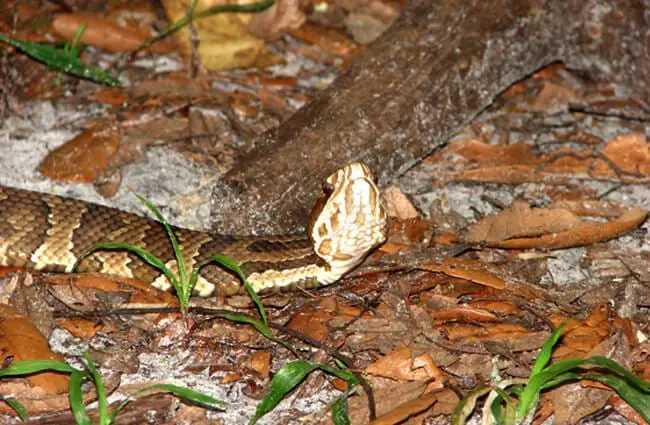

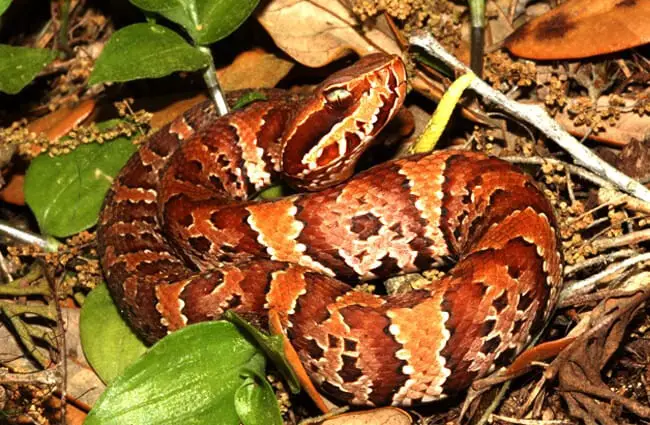
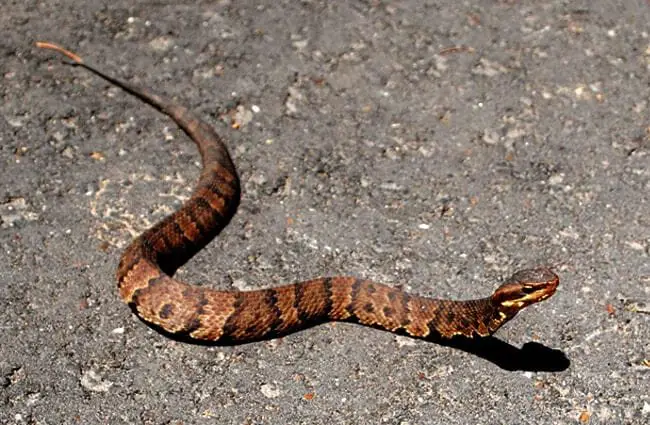

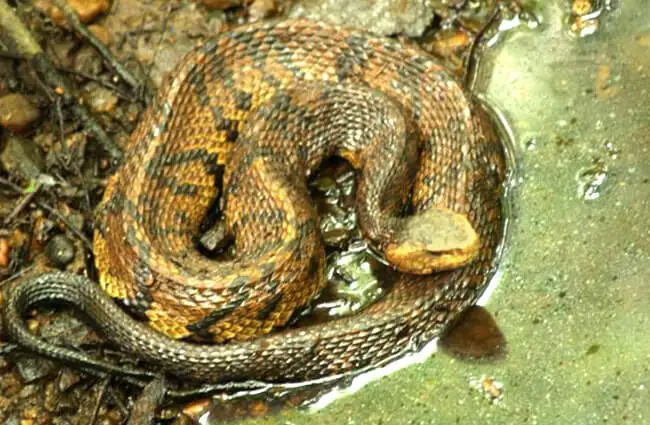
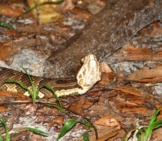

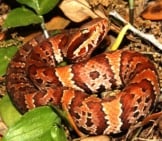


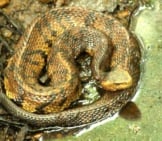
![Red Angus Closeup of a beautiful Red Angus cowPhoto by: U.S. Department of Agriculture [pubic domain]https://creativecommons.org/licenses/by/2.0/](https://animals.net/wp-content/uploads/2020/03/Red-Angus-4-238x178.jpg)


![Red Angus Closeup of a beautiful Red Angus cowPhoto by: U.S. Department of Agriculture [pubic domain]https://creativecommons.org/licenses/by/2.0/](https://animals.net/wp-content/uploads/2020/03/Red-Angus-4-100x75.jpg)

